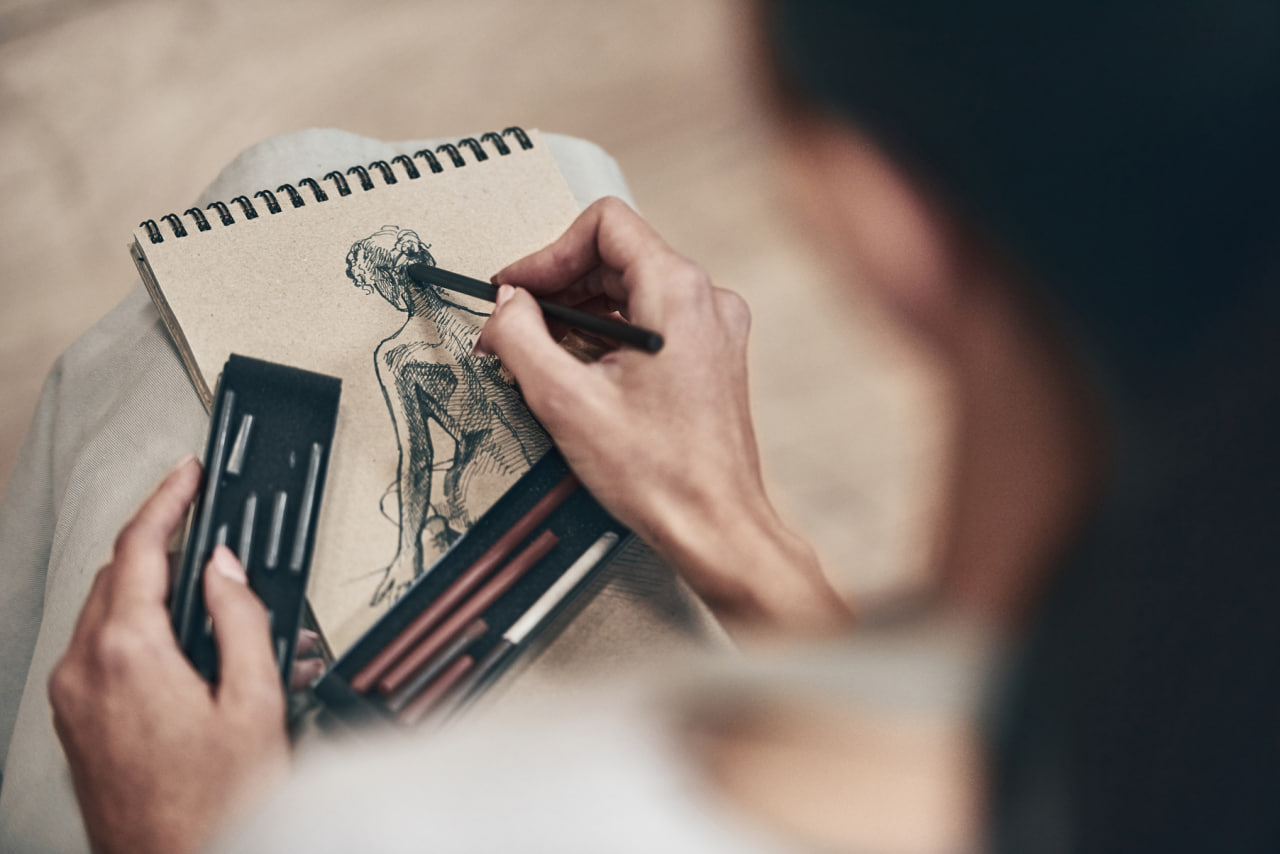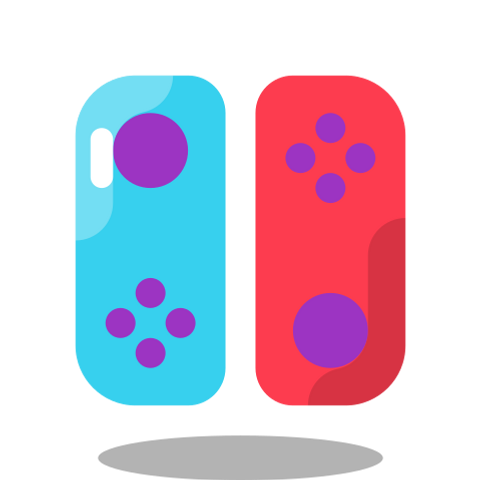Beautiful Plants For Your Interior

Game illustration is at the heart of creating memorable gaming experiences. From the characters players interact with to the environments they explore, illustration brings life and identity to video games. For aspiring artists, beginning a journey into game illustration can feel both exciting and overwhelming. Understanding the fundamentals, tools, and pathways available will help you build a strong foundation and start creating art that resonates with audiences.
Understanding Game Illustration
Game illustration is more than drawing or painting—it is about designing visuals that support gameplay, narrative, and player immersion. Illustrators develop characters, environments, props, and concept art that shape the style and atmosphere of a game. Unlike standalone artwork, game illustrations are created with a specific purpose: to guide players, tell stories, and enhance the overall experience.
Essential Skills for Beginners
Getting started in game illustration requires a mix of artistic fundamentals and technical skills. Beginners should focus on:
- Drawing Basics — Proficiency in anatomy, perspective, and proportions is key for creating believable characters and environments.
- Color Theory — Understanding how colors influence mood and readability helps artists set the tone of a game.
- Composition — Strong compositions ensure that illustrations are visually appealing and functional within a game context.
- Visual Storytelling — Every design element should contribute to the larger narrative and gameplay experience.
Building these skills takes time, but consistent practice helps transform raw ideas into polished, professional-looking artwork.
Tools and Software for Game Artists
While traditional sketching is a valuable foundation, digital tools are essential for modern game illustration. Software such as Adobe Photoshop, Procreate, Clip Studio Paint, and Krita provide powerful features for drawing, painting, and refining digital art. Tablets and styluses allow for greater precision and mimic the natural flow of hand-drawn work. Familiarity with industry-standard tools not only speeds up workflow but also prepares beginners for professional environments.
Exploring Styles and Genres
Game illustration spans a wide variety of artistic styles, from hyper-realistic visuals to highly stylized cartoons. Beginners should experiment with different approaches to discover their artistic preferences. Working on projects inspired by fantasy, sci-fi, or casual mobile games helps artists explore the demands of various genres. Flexibility in style also makes illustrators more versatile and appealing to potential employers or clients.
Building a Beginner’s Portfolio
A portfolio is crucial for showcasing your skills. Even at the start of your journey, you can create small projects to demonstrate your growth. A beginner’s portfolio might include:
- A character design sheet with poses and expressions
- An environment concept showcasing atmosphere and scale
- A prop or item design with detailed illustrations
- A scene composition that demonstrates storytelling
The key is to focus on quality over quantity. A few strong pieces can be more impactful than a large collection of unfinished sketches.
Learning Through Practice and Feedback
Practice is essential, but feedback accelerates growth. Joining online communities, sharing your work on platforms like ArtStation or DeviantArt, and participating in design challenges are excellent ways to gain constructive critiques. Feedback helps beginners identify weaknesses, refine their style, and develop industry-level quality in their work.
Career Outlook in Game Illustration
Game illustration skills open pathways into various roles in the gaming industry, including concept artist, character designer, environment artist, and freelance illustrator. Many illustrators also explore related fields like animation, comics, or digital media. Starting early with consistent practice and building a strong portfolio can lead to opportunities in indie studios, large companies, or freelance careers.
